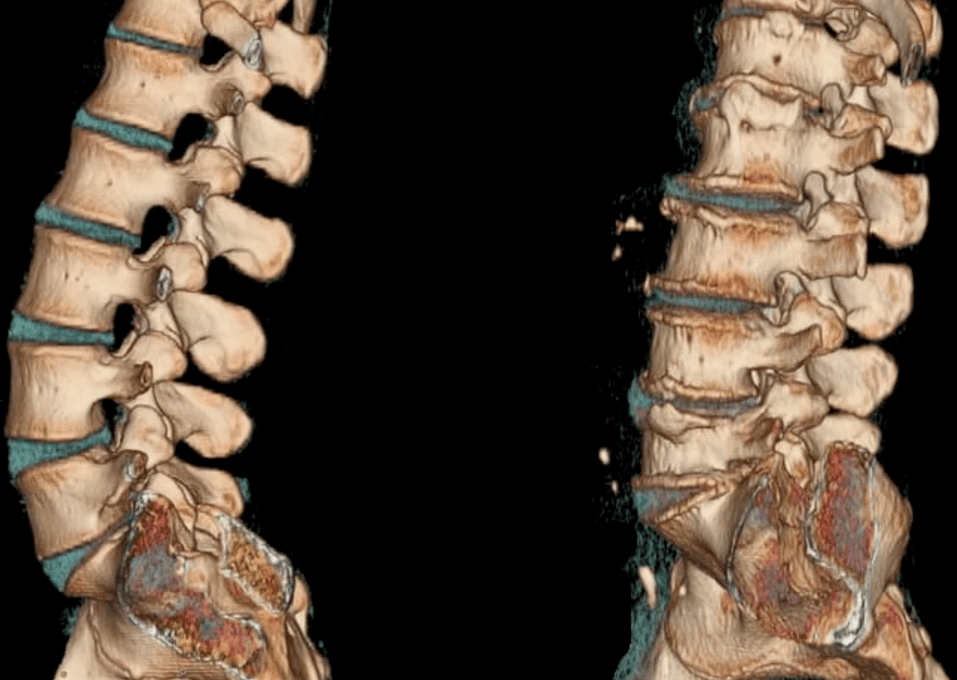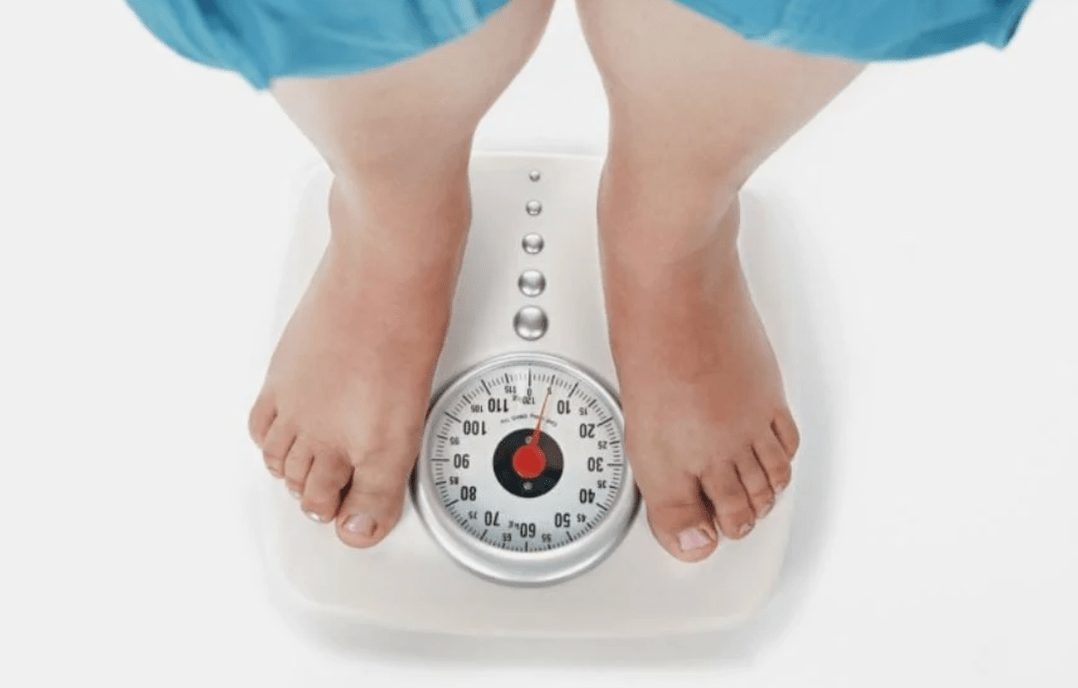Osteochondrosis is a chronic recurring disease that occurs in the context of a constant destruction of the vertebrae and intervertebral discs.Depending on the location of vertebrates undergoing degenerative changes, they distinguish the pathology from breast, lumbosacralis, as well as neck.The main symptoms of osteochondrosis are pain, whose severity increases during physical effort, stiffness of movements.In the clinical image, there are often vertebral signs: headache, jumps of blood pressure, a decrease in visual acuity and hearing.

The diagnosis is based on the results of instrumental research - radiography, MRI, ct.In osteochondrosis therapy, drugs from various clinical and pharmacological groups are used.To increase their clinical efficiency, physiotherapeutic and massage procedures are carried out.One of the main methods of therapy and prevention is physiotherapy exercises.
The disease of the development of the disease
The pathogenesis of osteochondrosis is based on the loss of pulposus by the heart of its hydrophilic properties.This semi-liquid structure consists of fibers and jackets of connective tissue.As a person grows, there is a decrease in the vascular canal in each disc between the vertebrae.The supply of nutrients found there occurs in a diffuse manner, that is to say, according to the principle of spontaneous leveling of concentrations.This explains the impossibility of a complete restoration of the cartilaginous tissues after an excessive injury or physical effort on the spine.
Osteochondrosis processes aggravate changes in the hormonal context and unbalanced diet.The quantity of nutrients sufficient for their complete operation does not fall into the cartilage fabric, which causes the following disorders of their structure and their properties:
- The strength and elasticity are lost;
- The form, consistency and configuration change.
The intervertebral discs are flattened and radial cracks are formed in fibrous rings.This causes a reduction in the distance between the neighboring vertebrae.Little by little, the connective tissues of the fibrous rings and ligaments are involved in the pathological process.In response to tissue disintegration, the immune system is starting to produce immunoglobulins, which leads to aseptic inflammation and the formation of edema in the joint joint and the soft tissue located nearby.The joint capsules are stretched, so that the intervertebral discs cease to reliably fix the vertebrae.And with the instability of the intervertebral segments, the probability of the offense of the nerve root or the compression of the blood vessel increases.This often happens with cervical osteochondosis and causes its pronounced symptoms.
Provocation causes and factors
On the state of the intervertebral discs, the reduced tone of the skeletal muscles of the spine affects negatively.The irrational and asymmetrical functioning of the muscles occurs with an extended person in a non -physiological position, for example, with a lowered head while working on the computer.The destruction of cartilaginous tissues can be caused by the constant port of a heavy bag on a shoulder, a dream on a soft mattress and a high pillow.
The following external and internal factors also accelerate the destruction of intervertebral discs:
- endocrine and metabolic disorders;
- infectious pathologies, in particular chronic;
- previous vertebral injuries (compression fractures, bruises);
- frequent hypothermia;
- The presence of systemic or degenerative dystrophic-dwindle, psoriatic, rheumatoid, osteoporosis.

If a person has bad habits, then they are in danger.Smoking and alcohol abuse aggravate the state of blood vessels, lead to insufficient blood circulation and nutrient deficiency in the tissues of the disk cartilage.
In the presence of flat feet or club feet, the risk of developing osteochondosis of any location increases considerably.These congenital or acquired defects become the reason for increasing the load on the spine due to the impossibility of ensuring appropriate depreciation with support.The factor predisposing to the emergence of pathology is obesity.
With the deposit of adipose tissues in various parts of the body, support for balance is complicated, which leads to the effects of excessive loads on the intervertebral joints.
Clinical image
The first clinical manifestation of cervical, thoracic or lumbar osteochondosis is back pain.During the relapses, he permeates, radiating to the neighboring part of the body.The slightest movement leads to an increase in the severity of pain syndrome.A person's response is the adoption of a forced position in which the intensity of uncomfortable sensations is minimal:
- People with cervical osteochondosis prefer to turn away not their heads, but the whole body;
- With a breast pathology, a person is even afraid to resume a complete breathing, because it becomes the cause of acute pain in the chest region;
- Patients with lumbar osteochondosis are difficult to sit, get up and leave due to the violation of the vertebral nerve.
Most patients complain of the doctor of stupid constant pain and the feeling of constraints the movements in the morning.This requires an additional differential diagnosis to exclude myositis (inflammatory process in the skeletal muscles of the back) and osteoarthritis.The reason for the appearance of gentle pain is the compensatory stress of muscle tissue to stabilize the affected vertebral-motor segment.Constant pain syndrome of low or medium severity also occurs due to a significant extent of the intervertebral disc and the development of aseptic inflammation.
For osteochondrosis of a certain location, specific symptoms are characteristic.For example, with lumbar pathology, Lumboshishialgia often occurs - a pain attack in the lower back and back of the thigh.Thoracic osteochondosis manifests itself clinically by visceral pain in the heart region, right hypochondrium, stomach, numbness, increased skin sensitivity, crunching in the vertebrae.But the most pronounced and diversified symptoms are distinguished by a pathology that affects the cervical intervertebral discs.
Due to the displacement of the vertebrae, the formation of osteophytes, the vertebral artery is compressed, which nourishes the cells of the brain, which provides them with oxygen.A person suffers from a violation of the coordination of movements, noise in the ears, headache, high blood pressure.
What can be in the absence of treatment
Most complications of osteochondrosis occur due to the formation of hernia of the intervertebral disc.It is formed when this vertebral structure is moved, which leads to a rupture of the posterior longitudinal ligament.The disc becomes even more unstable, and part of it ensures that the cerebrospinal canal.A hernia is considered an explosion if, in the process of its formation, with the disc, its useful nucleus penetrates the canal.
Such a pathological state of vertebrates predisposed to the compression of the spinal cord and the development of discogenous myelopathy.Clinically, it manifests itself in torpor, the weaknesses of certain muscle groups of the legs or arms, paresis, muscle atrophy, a change in tendon reflexes.The bladder emptying disorders and or intestines can also be observed.Following the formation of an intervertebral hernia, the arteries that feed the spinal cord are pressed.Ischemic areas are formed, in which all the nerve cells have been killed.The SO -Salled neurological deficit occurs - the movements are raped, the sensitivity is reduced and a Trothy is upset.

Treatment Tactics
Osteochondrosis does not lend itself to complete healing, as so far, drugs have not yet been synthesized, the contribution of which would help restore intervertebral discs and damaged vertebrae.But the therapeutic patterns necessarily include chondroprotectors - symptomatic agents of slow action.Preference is given to drugs with active chondroitin ingredients with sulfate and (or) glucosamine sulfate (hydrochloride).
The clinical efficiency of these drugs is confirmed by the results of many years of research.With prolonged admission (from 3 months to 2 years), the partial regeneration of the cartilaginous tissues occurs, as well as other structures of connective tissue - ligaments, tendons, bournes.As they accumulate in the intervertebral discs of glucosamine and chondroitin, they begin to have an analgesic, decongestant, anti-inflammatory effect.This allows you to reduce the doses of NSAIDs, glucocorticosteroids, muscle relaxants, thus reducing the pharmacological load on the body.
Medicines for joints are ineffective with irregular use or their use for the treatment of 3rd degree osteochondrosis, when a significant destruction of the cartilage tissues is observed.
To eliminate the symptoms that generally occur with cervical or breast osteochondosis, drugs are used to improve blood circulation, nootropes, a drug that improves microcirculation of the labyrinth used for the pathology of the vestibular apparatus.
If necessary, antidepressants, anticonvulsants are included in therapeutic patterns.
In the treatment of osteochondrosis, physiotherapeutic procedures are used: UHF therapy, magnetotherapy, laser therapy.Reflexotherapy, massage, exercise treatment, hirudotherapy, swimming, yoga are used.With the ineffectiveness of conservative treatment, the patient is shown from surgery.The practices are practiced by the disc, its laser reconstruction or its replacement of the implant.
































